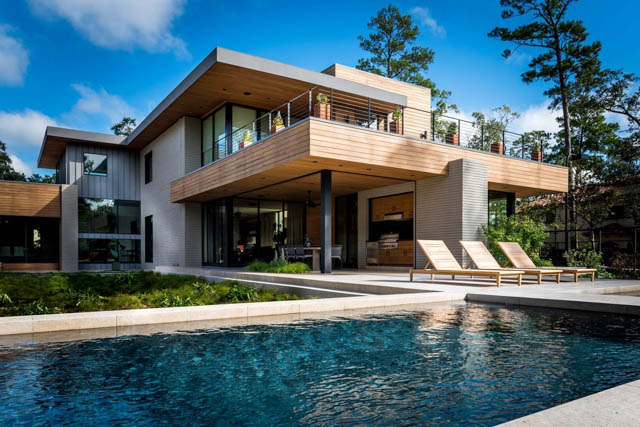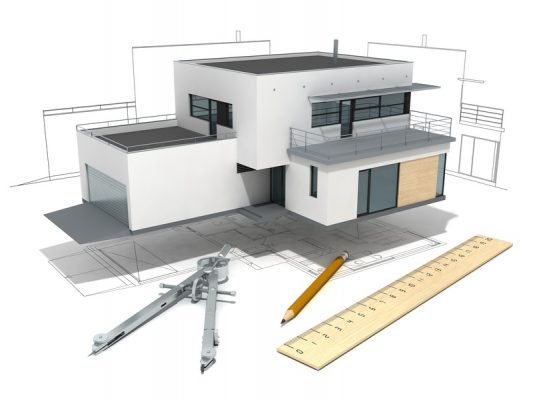Residential Architectural Firm: Tailored Designs to Reflect Your Unique Vision
Residential Architectural Firm: Tailored Designs to Reflect Your Unique Vision
Blog Article
Top Trends in Residential Design You Must Understand About
As residential design proceeds to advance, a number of compelling trends are forming the means we develop and inhabit our living spaces. Secret growths such as sustainable building methods, the integration of wise home technology, and the increase of modular homes underscore a substantial shift towards both functionality and environmental obligation.
Sustainable Structure Practices
A raising number of property jobs are welcoming lasting building techniques, driven by a growing recognition of environmental effect and power effectiveness. This change is identified by the combination of environment-friendly materials, energy-efficient layouts, and ingenious building methods. Property owners and home builders are increasingly prioritizing making use of sustainable resources, such as bamboo and recycled steels, which not just lower the carbon footprint yet also improve the resilience and visual appeal of buildings.
Integrating energy-efficient systems is an additional important element of lasting structure - residential house architect. Functions such as high-performance insulation, energy-efficient home windows, and solar panels are becoming criterion in brand-new domestic styles. These elements not just add to lower energy intake but additionally give considerable long-lasting cost savings for home owners
Furthermore, the format of sustainable homes frequently highlights all-natural light and air flow, minimizing the reliance on synthetic lights and climate control systems. Landscaping techniques, such as xeriscaping, more advertise sustainability by reducing water use.
As the demand for sustainable living options remains to increase, the property style market is positioned to innovate and adapt, ensuring that future homes are not just eco liable but likewise comfortable and useful for their occupants. - residential house architect
Smart Home Innovation
Smart home technology is transforming the means property owners interact with their home, improving energy, security, and convenience administration. This ingenious strategy integrates different tools and systems, allowing individuals to manage their homes from another location or with automated processes. Central to this pattern is the use of clever gadgets such as thermostats, lighting, security cams, and home appliances, all linked by means of the Web of Things (IoT)
Among one of the most enticing attributes of clever home modern technology is the capability to personalize setups for optimal energy efficiency. Property owners can monitor energy use and readjust home heating, illumination, and air conditioning based on their regimens, dramatically reducing utility costs. Furthermore, sophisticated safety systems equipped with wise locks and security cams give assurance, making it possible for remote surveillance and informs to potential security violations.
Combination with voice-activated aides improves customer experience, allowing home owners to control tools with easy voice commands. As technology proceeds to evolve, the potential for smart home systems to boost lifestyle expands, making them a crucial consideration in modern property design. Eventually, clever home innovation is not just a pattern however a fundamental change toward more intelligent living environments.
Open Idea Living
Open concept living has actually arised as a defining function in contemporary household architecture, defined by the removal of standard barriers between areas. This style viewpoint advertises fluidity and connection within the home, permitting a smooth change between areas such as the kitchen More Help area, eating, and living spaces. By removing wall surfaces and partitions, open concept designs produce a sense of spaciousness, cultivating a welcoming environment that enhances social communication.

Additionally, this method to domestic design aligns his comment is here with minimalism, concentrating on practical simpleness and aesthetic comprehensibility. House owners value the flexibility of these layouts, which can be conveniently adapted to reflect individual design through furniture setup and design. As open principle living proceeds to acquire grip, it stays a testament to evolving household dynamics and the wish for homes that enhance link and convenience.
Biophilic Design
Biophilic design has become increasingly considerable in domestic design, emphasizing the innate link between humans and nature. This layout approach looks for to incorporate natural environments into living areas, thereby promoting a sense of wellness and boosting the lifestyle for owners. By including features such as natural light, greenery, and organic products, biophilic layout advertises a harmonious connection between interior settings and the environment.
Trick aspects of biophilic design consist of big home windows that give unhampered views of outdoor landscapes, living wall surfaces that present plant right into insides, and open floor plans that encourage air movement and all-natural light infiltration. Water features, both within and outside the home, serve to develop calming environments and boost sensory experiences.
Moreover, making use of sustainable materials not only supports ecological stewardship but also adds to much healthier indoor air quality. As recognition of environmental concerns increases, house owners are increasingly prioritizing designs that reflect their link to nature. Basically, biophilic design not just boosts aesthetic appeal but also addresses emotional and mental requirements, making it an important trend in contemporary property style.
Modular and Prefab Houses

Moreover, prefab and modular homes are made with sustainability in mind. Lots of producers make use of energy-efficient systems and eco-friendly materials, such as solar panels and advanced insulation techniques, contributing to minimized power consumption and lower energy costs for house owners. The flexibility of design options permits customization, dealing with diverse practical requirements and aesthetic preferences.
As the demand for inexpensive real estate remains to climb, modular and prefab homes offer a practical option, resolving both economic and ecological difficulties. Communities are increasingly acknowledging the possibility of these structures, incorporating them into city and country settings. In general, the trend towards modular and prefab homes represents a shift toward much more lasting, reliable, and adaptable living settings, making them a critical element of modern residential architecture.
Verdict
To conclude, the advancing landscape of residential style showcases considerable patterns that prioritize sustainability, health, and modern technology. Sustainable structure techniques and smart home modern technologies boost effectiveness and benefit, while open principle living and biophilic style foster social communication and a link to nature. Furthermore, the surge of prefab and modular homes uses customizable and economical options, showing a wider change towards functional and accountable living. These trends collectively highlight a commitment to creating harmonious and cutting-edge residential settings.
Secret developments such as lasting structure practices, the integration of smart home technology, and the rise of modular homes underscore a considerable change in the direction of both functionality and ecological obligation.The increase of prefab and modular homes has actually changed the domestic style landscape, providing ingenious options for efficient and lasting living.Moreover, modular and prefab homes are created with sustainability in mind. Overall, the trend toward modular and prefab homes signifies a change towards much more sustainable, effective, and adaptable living environments, making them a critical aspect of contemporary property style.
Lasting structure techniques and wise home technologies improve efficiency and ease, while open principle living and biophilic style foster social interaction and a connection to nature.
Report this page